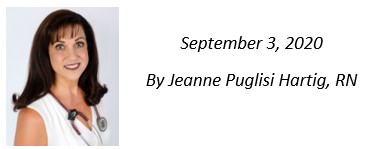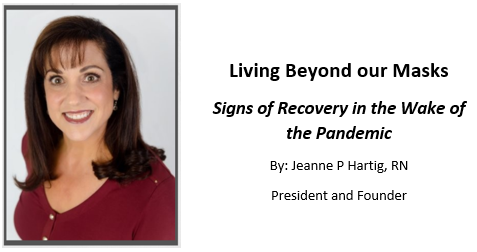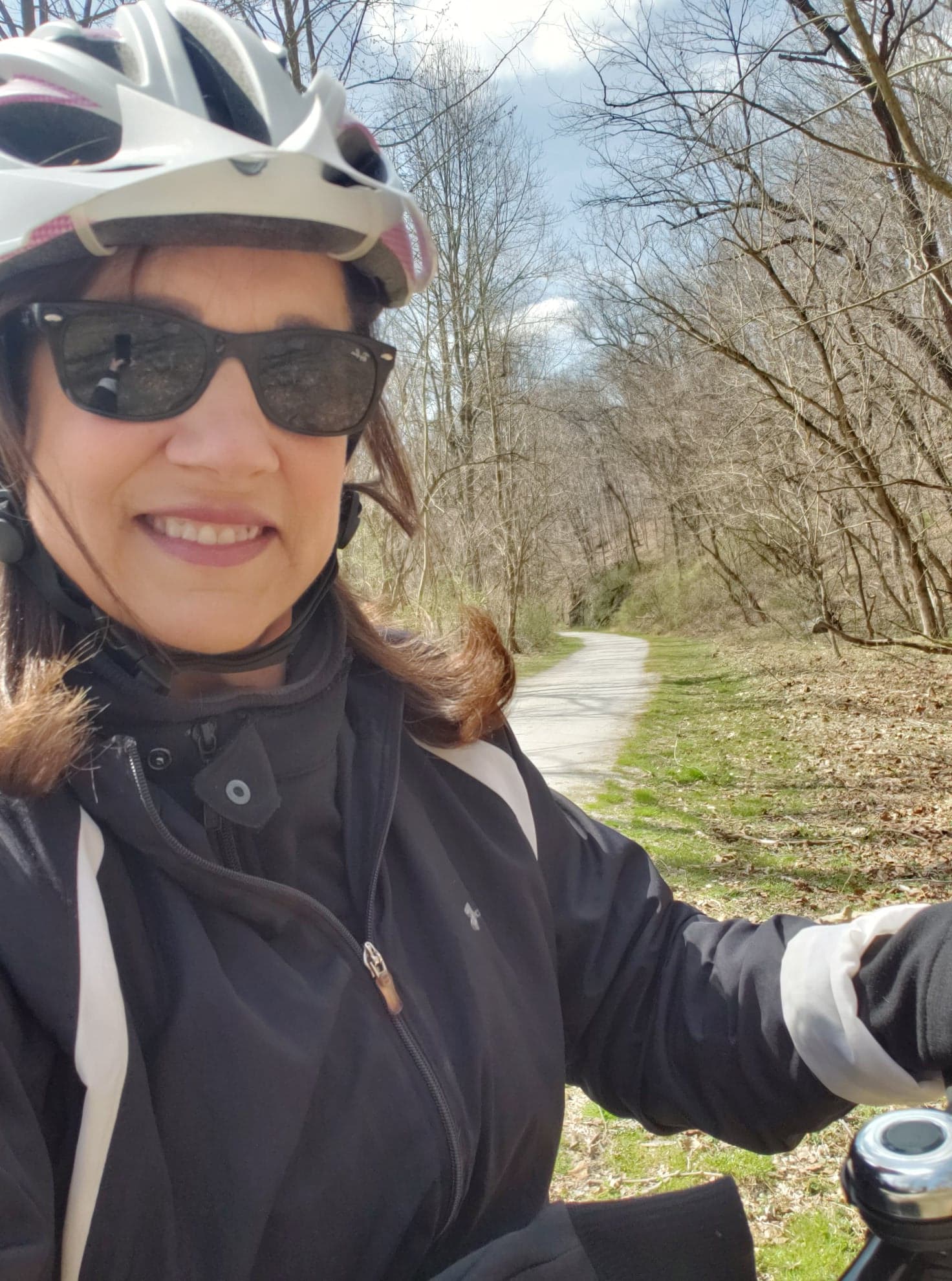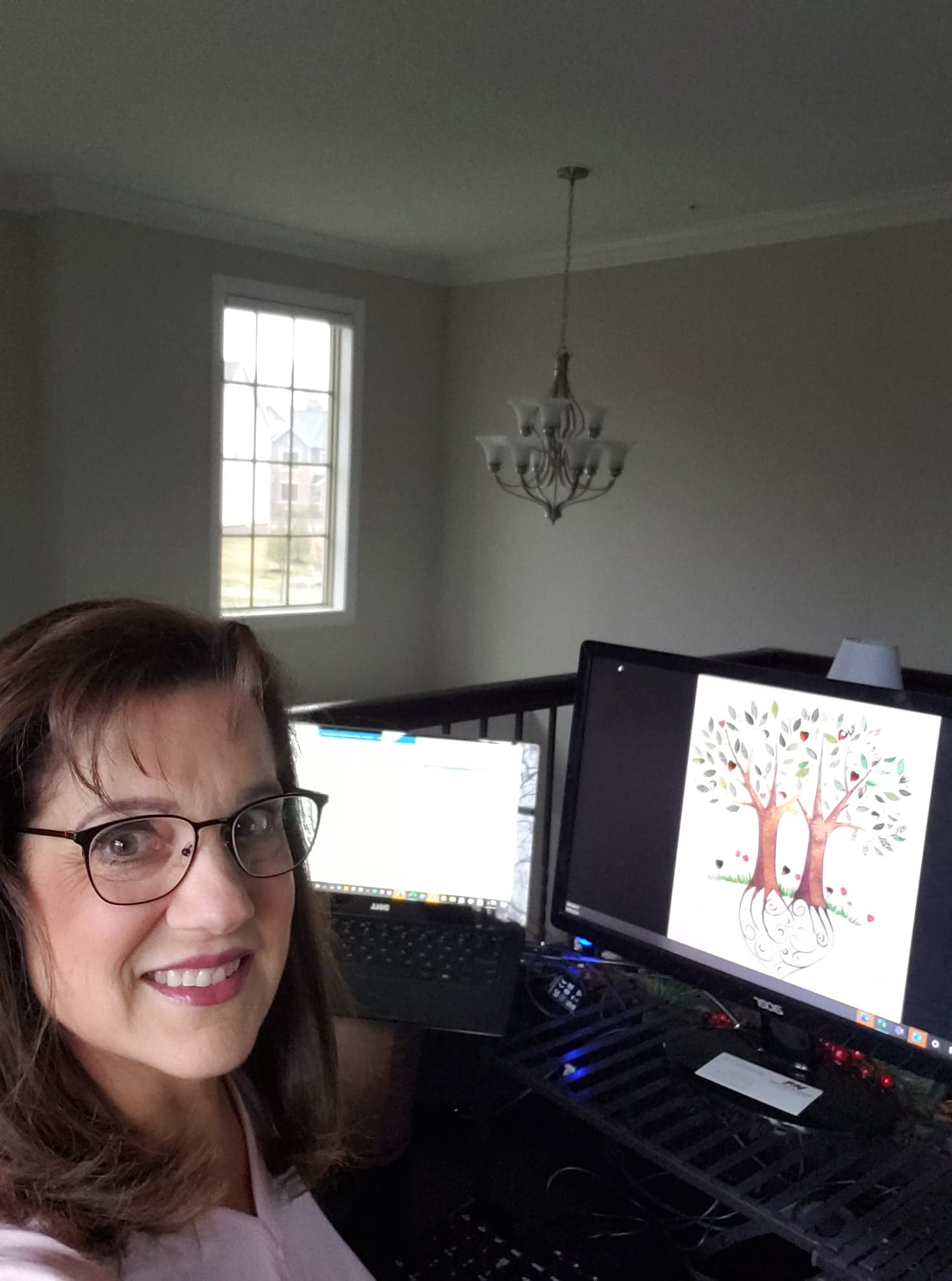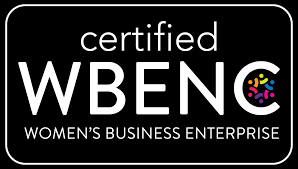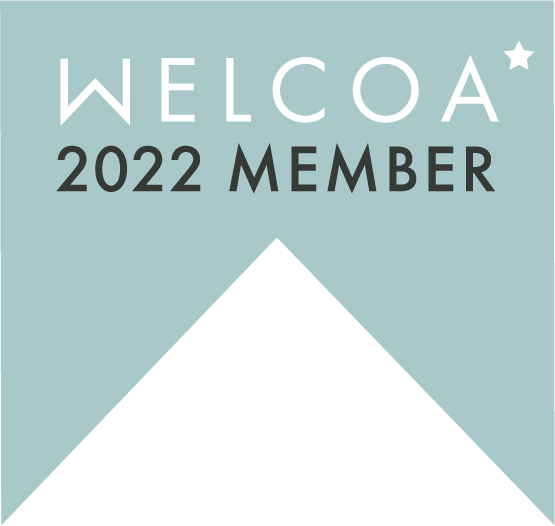
Written by National Wellness
This month for your wellness in 10, we’re going to cover some wellness staples that are inspired by a recent article about perseverance toward your goals, even after working toward those goals has become boring.
We all know that we have great intentions when it comes to setting goals, and it’s easy to motivate to work toward them when the idea is fresh, but a few months – or even years – into the grind toward achieving those goals it can be a real chore to find the motivation to get off that couch or pick up that pen or open that book. That’s why we’re going to take an opportunity to reaffirm the goals we’ve set for ourselves, and take some steps to create healthy habits to achieve them.
We know that it takes around 21 days worth of repetitions to form a habit, so by doing each one of these small tasks every day, you can have turned them into healthy habits by Halloween.
1. Eat Breakfast
Goal: Physical Wellness
Eating breakfast is so important for getting your body ready for the day. If you don’t feed yourself in the morning, you’re expecting your body to work until lunch without any fuel. Of course we’ve all heard this before, but many of us have fallen out of the habit of eating breakfast. Take this opportunity to buy a bag of fruit or a box of oatmeal and try to get back into the swing of a morning meal.
2. Eat Something Green
Goal: Physical Wellness
We know this one, too, right? We know that green vegetables are packed with the nutrients our body needs, but we’ve fallen into the habit of eating what’s convenient rather than eating what’s good. With fall harvests happening all over the country right now, it’s a great time to get into the habit of eating something green every day.
3. Get Up and Move
Goal: Physical Wellness (bonus: Social Wellness)
That next episode on Netflix can be super tempting, and when the weather cools off, it’s difficult to find the motivation to exercise. Unfortunately bad habits are easier to form than good ones, so be extra vigilant to nip them in the bud before they form. Plan out specific times for activities, and stick to them. If you make a plan to be active with someone else, you’re more likely to follow through, and you get to expand your social wellness at the same time!
4. Stand Up More
Goal: Occupational Wellness
Sitting is the new smoking. We’ve all heard that by now. It’s true, though that prolonged sitting is linked to a variety of health probems, so be sure to stand up and stretch at least, or – even better – take a short walk, to alleviate some of the detrimental effects of sitting. Invite a coworker (or your boss) out for walking breaks and improve your social bonds while you’re helping your heart and liver.
5. Show Gratitude
Goal: Social Wellness (bonus: Occupational Wellness & Physical Wellness)
Not only does showing gratitude help you in the form of ingratiating yourself to others, increasing your social wellness, but it can create a more welcoming and comfortable culture in your workplace, and it can literally boost your physical health. All that from simply saying “thanks!”
6. Practice Mindfulness
Goal: Spiritual Wellness/Emotional Wellness
Many people envision “mindfulness” as meditation, but it can come in many forms. For some people it’s meditation, but for others it’s prayer, yoga, or even just taking some time to organize your thoughts. Regardless of your form of mindfulness, it promises to lower your stress and help you feel more organized, energized, and in control of your situation.
7. Volunteer
Goal: Social Wellness
This may seem like a hard thing to do every day, but when you think about it, it’s really not. Another way to think about this is “help out.” How many times per day do we pass by someone or a situation where we could lend a hand? By adding effort to a problem you’re strengthening your social bonds, alleviating part of someone else’s burden, and making yourself feel good in the process.
8. Learn Something New
Goal: Intellectual Wellness
This is another one that seems big, but doesn’t have to be. You don’t have to learn the laws of theoretical physics one day and the history of the English Empire the next. By seeking out something small every day, however – like a new vocabulary word or a random fact, we’re teaching ourselves that learning isn’t something that has a start and stop, but instead is part of our daily lives.
9. Expand Your Real-Life Social Network
Goal: Social Wellness
This goal of meeting new people can be done a variety of ways. Many of us are creatures of habit, though, who fall into a routine of going to work, going home, an then repeating the process five days per week. Try pushing out of your normal comfort zone by saying hi to a new coworker or joining a local club. You’ll expand your social circle and potentially learn something in the process.
10. Track your progress
Goal: ANY & ALL
One important step that many of us skip, or have never done in the first place, is to track your progress toward the goal. By breaking your overarching goal into do-able steps, and then tracking your progress on the steps, you’re able to see real progress even on a day-to-day basis. If you’re seeing progress, you’re more likely to stick with the project and see the goal all the way through.
So there’s your October Wellness in 10. These habits may be things you’re doing already, but be sure to share them with your friends and family who aren’t. Small steps like these could add up to a big impact for them. What do you think? What are some habits you’ve created for yourself to achieve your wellness goals?


